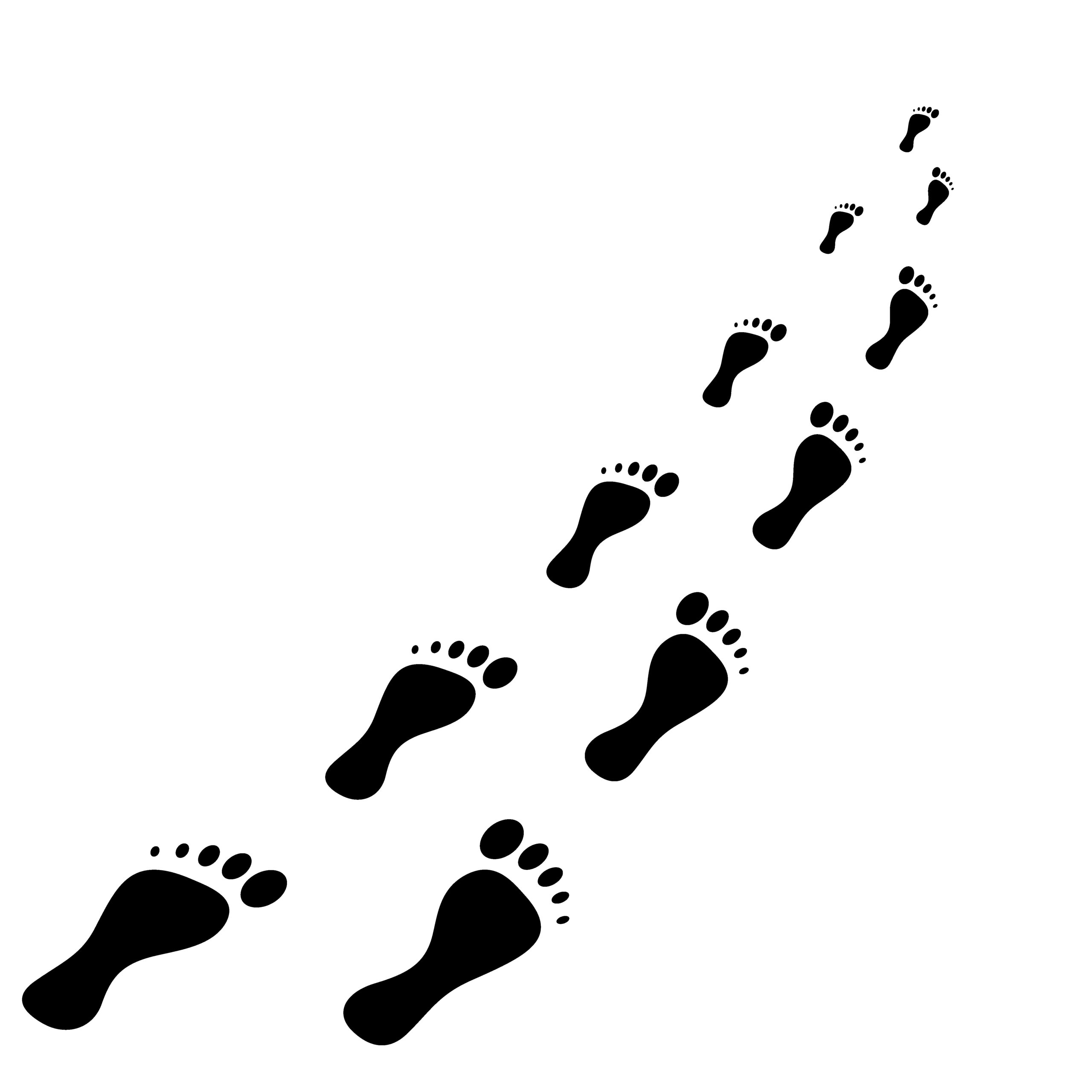
Feet come in all shapes and sizes. Some have tiny feet; some have huge feet. However, there appears to be a black hole of information regarding feet shapes and its health implications.
Most people are unaware that their feet may be abnormal and require specialist solutions and many are totally surprised when it’s the shape of their feet causing their problem, not an injury or condition.
A lot of problems can be attributed to irregular foot shapes – sometimes on opposite ends of the body such as back pain, hip pain, neck pain etc. Many people don’t start to feel symptoms until middle age – when weight gain occurs and pressures on joints increase.
The Most Common Foot Shapes: High Arched and Flat Feet
High arched feet: People who have these feet type have a footprint that has minimal contact with the ground. This is usually around the edges, heels or toes. This is particularly problematic for those participating in high-impact sports, as it doesn’t absorb much shock that leads to stress-fractures.
Flat feet: People who have this type of feet in which the majority of the bottom of the foot is in contact with the ground. This is particularly good at cushioning impacts from running but can be problematic as it can add stress to your heel and knees through aggressive rolling of your foot. This also works the calf muscles harder to slow down the rolling and possibly causes Achilles pain and tendinopathy. There is also the higher risk of arthritis in the ankle due to the lack of absorption.
The majority of people are somewhere in-between the two-foot shapes.
Solution
Thankfully, for most cases, you don’t need surgery or any treatment. However, simply knowing your foot shape will help a lot! By knowing your foot’s shape, you can make appropriate choices in footwear, if you need orthotics, needing to warm up certain muscles/tendons or to lose weight.
If you have symptoms, these solutions should help. However, if you want to discuss possible feet-related problems, contact London Bridge Orthopaedics.
Our specialties
We cover all the subspecialty areas of orthopaedics
Recent articles

Mr Khai Lam Gives Pre-Op Talk
Mr Khai Lam gave a pre-op management talk at a breakfast meeting in London Bridge Hospital's Boardroom - St Olaf on Monday, 24th September. He gave an overview of a case and presented evidence behind SIJ fusion and outcomes. He looked ...
Read more









